EARTH
Food Waste
The biggest contributor to municipal solid waste in the US is food waste, making up 24% of our trash. Over one-third of the food produced in the United States is never eaten. On average, Americans throw away about a pound of food each day. Meanwhile, one out of six people living in the United States is considered food insecure, meaning they don’t have enough to eat and don't know where their next meal will come from. How did this happen!? We’ll look at a few factors that have led to this food waste-scarcity conundrum.
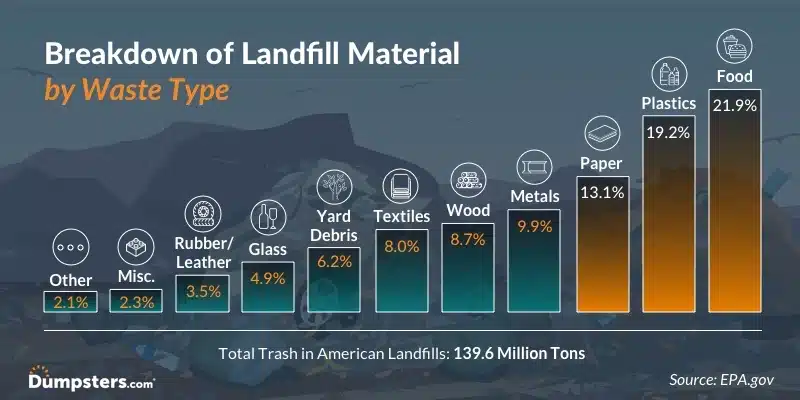
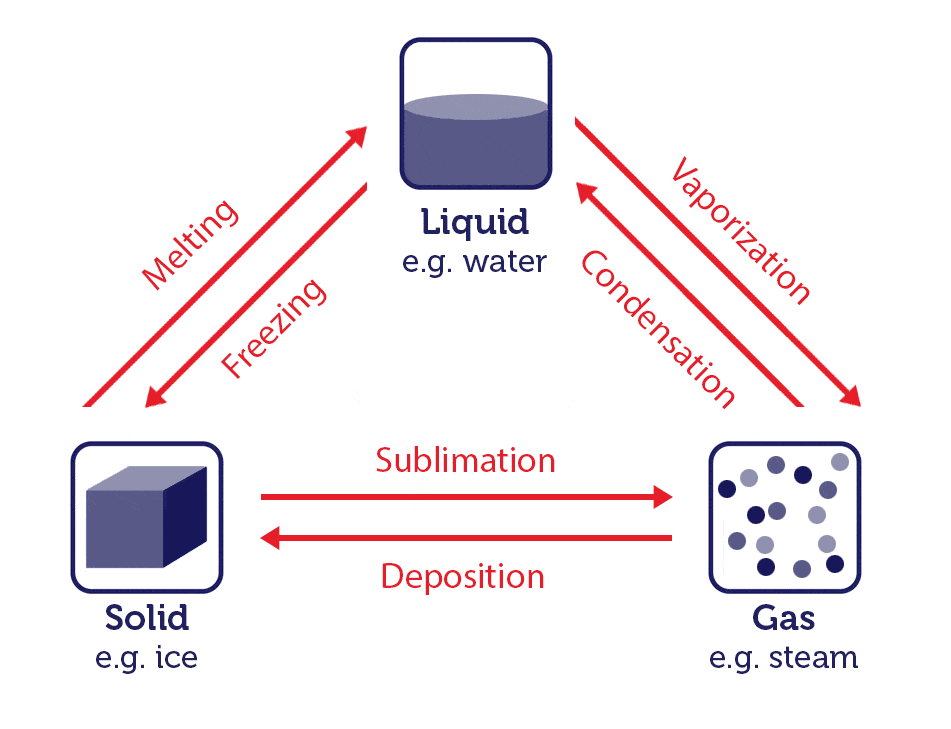
Many of the foods we eat have longer and more complicated supply chains. For example, if you had chicken nuggets on your list, you would have to ask where the chickens were raised, what they ate, and where they were shipped for processing. What other ingredients went into the nuggets, and where did THOSE ingredients come from?
You’ll probably never be able to answer those questions because that information is not usually made available, but you can assume there are many links in that supply chain. We lose food at each one of these links. This is referred to as food loss (vs. food waste) — the food that falls out of the cycle before it makes it to our plates because it wasn’t harvested, was damaged or contaminated, was not purchased in time, etc.
Food Production & Distribution System
In the Exploration above, you made an educated guess at the steps for how one of the food items made it to your plate. This is what we refer to as a supply chain. Supply chains can be long or short. If you ate an apple purchased from a local farmer, it was a short supply chain -- the farmer grew the apple on their tree, you bought that apple, and ate it. A short supply chain usually means that food travels fewer miles, needs fewer resources to stay fresh, and in turn, usually produces less waste and has less impact on the environment. These are some of the benefits of ‘eating local.’
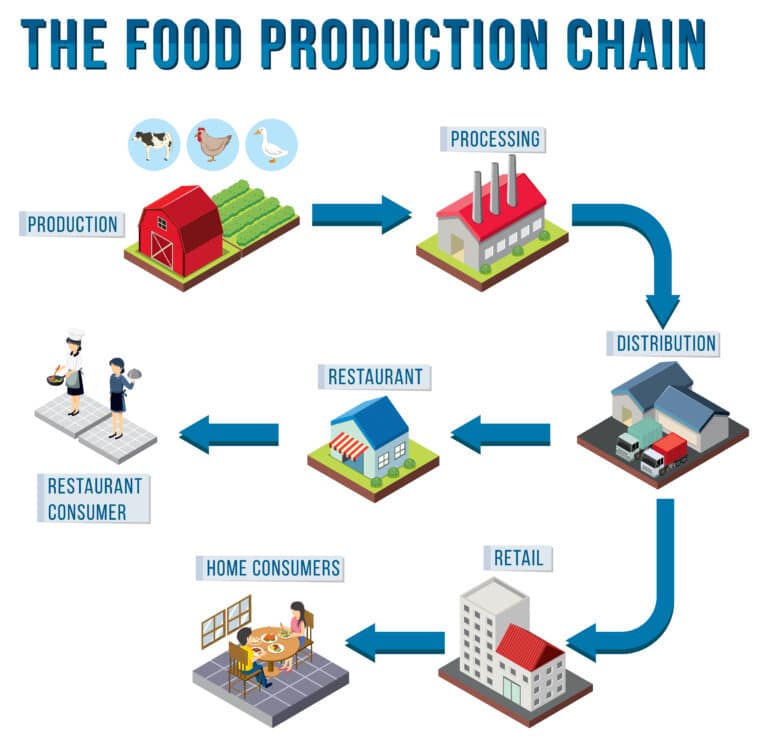
Ugly Foods
One reason we throw away food is if it doesn't look perfect. Have you ever thrown away an apple or banana because it had a bruise? Or a carton of milk because the expiration date is coming up? Or a cookie because it was broken? The idea that food has to look perfect to be consumed has become a major reason behind food waste. There is also confusion about the ‘sell by’ dates printed on products versus when that food actually spoils.
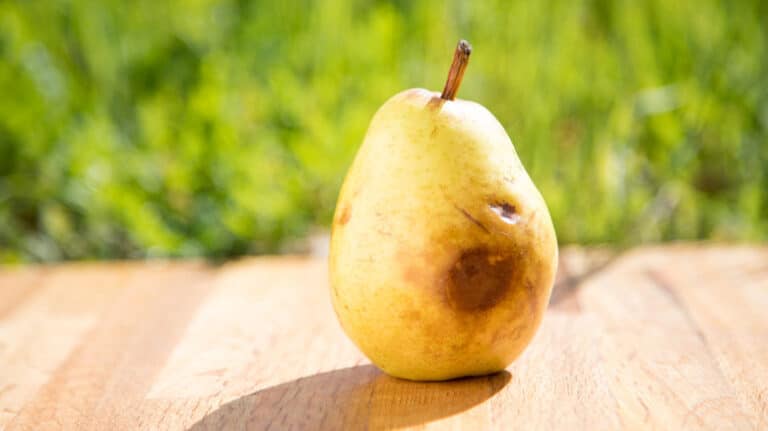

Supersized Portions
Another reason we end up throwing away food is because we get or take too much! Whether at the store, at a restaurant, or just at home, what are considered ‘normal’ portion sizes have increased dramatically over the last several decades. At an average fast food restaurant, we are getting hamburgers 3x bigger, and a large soda contains 500% more drink than in the 1950s. Not only is this a problem for our health, but often, we can’t eat it all, so we throw the rest away. This happens everywhere -- in restaurants, your school cafeteria, even at home.
Why is Food Waste a Problem?
Beyond the obvious problem of wasting food while people are hungry, there is also an environmental problem with food waste. Unlike plastic, at least food waste will break down, right? Yes, but the challenge is how and where that decomposition takes place. Back to the question of matter!
In most cases, food waste will break down naturally, meaning that bacteria can break down the molecular bonds to turn food back into its building blocks to be reintroduced into the energy web. But if that decomposition takes place in a landfill where no new plants are growing, those important building blocks are going to the wrong place. They are not re-entering the soil and nutrient cycles that run our planet -- they are sitting in a landfill producing methane gas. Methane is a very potent greenhouse gas that is a significant source of climate change. So reducing food waste is a pretty important and relatively easy to do something about.
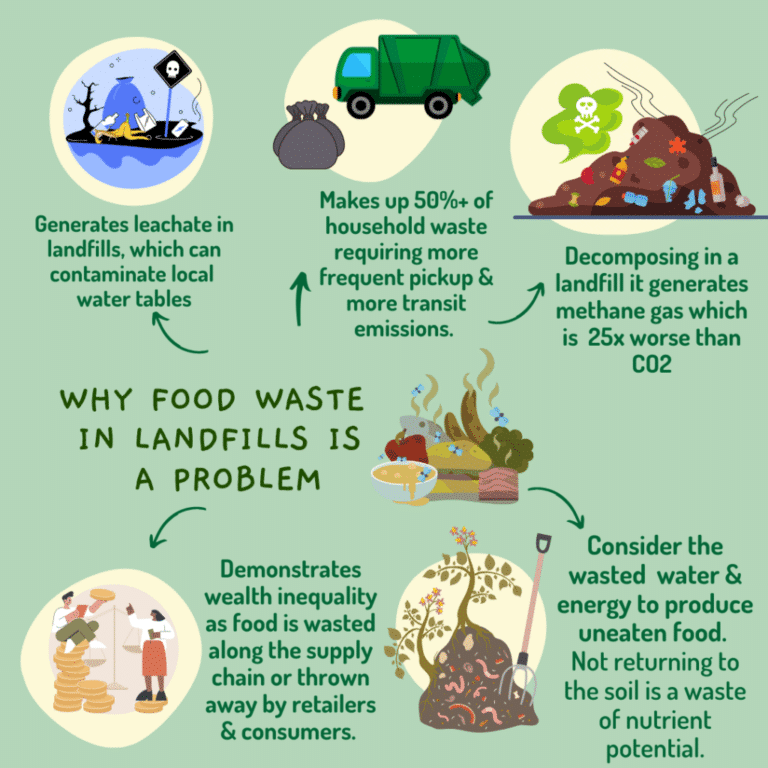
Why are Trees important to life?

